
Free Online Course
BRIDGING THE GAP BETWEEN PATHOLOGY
AND COMPUTER SCIENCE
An Independent Digital Pathology Course
Learn from the leading voices in computational pathology – real-world insights, machine learning strategies, and the future of data-driven diagnosis. This course is a rare opportunity to learn directly from a group of experts who are actively shaping the future of pathology. Unlike most digital pathology courses led by a single instructor, this series brings together prominent researchers and practitioners in pathology and computer science. You’ll explore real-world AI applications, understand key machine learning concepts, and gain a deep appreciation for how digital tools are transforming tissue diagnostics. If you’re ready to understand not just the “what,” but the “how” and “why” of computational pathology, this course is your bridge.
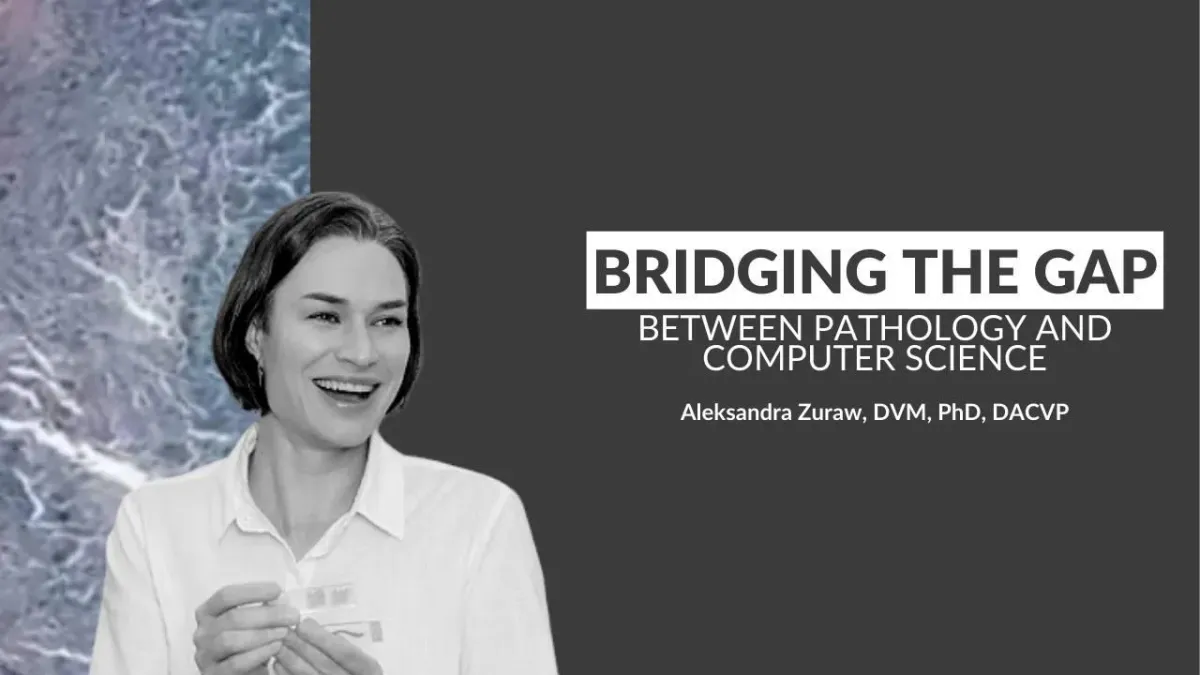
What You'll Learn on This FREE Course:
#1
Foundations of computational pathology and whole slide imaging
#2
Computer vision and deep learning techniques for tissue image analysis
#3
How to handle domain shift, model uncertainty, and interpretability
#4
Real-world strategies for building and evaluating AI models in pathology
Who It’s For:
Pathologists, doctors, med students, lab professionals, computer scientists, data scientists, AI engineers, and students exploring interdisciplinary innovation in medicine and AI, especially those who want to understand how computer science is transforming modern pathology.
Why Take This Course?
Unmatched Industry Insight:
Learn directly from professionals applying machine learning to real pathology workflows.
Collaborative Intelligence:
Gain a balanced understanding of both pathology and computer vision techniques.
Beyond the Basics:
Go deeper than surface-level AI buzzwords and explore the real challenges and opportunities in digital diagnostics.
Diverse Expertise:
Hear from multiple experts instead of one voice—each module is presented by a different specialist in the field.
By the End You’ll…
Understand key machine learning methods used in computational pathology
Know how to assess model performance, uncertainty, and generalizability
Be familiar with the challenges and solutions in real-world AI deployment
Feel more confident engaging with interdisciplinary digital pathology teams
Course Modules Include
Bridging the Gap between Pathology and Computer Science – BEHIND THE SCENES (uncensored)
The beginnings of computational pathology with Jeroen van der Laak
All about whole slide images w/ Leslie Tessier and Daan Geijs
Computer vision approaches used in tissue image analysis w/ Leander van Eekelen
Deep Learning for Tissue Image Analysis w/ Meyke Hermsen
Weakly supervised deep learning for tissue image analysis w/ Daan Geijs
Unsupervised deep learning tissue image analysis w/ Geert Litjens
Model performance metrics w/ Francesco Ciompi and Leander van Eekelen
How to deal with domain shift in computational pathology? w/ Khrystyna Faryna
Model uncertainty in computational pathology w/ Milda Pocevičiūtė
Intersection between histopathology and spatially resolved gene expression w/ Eduard Chelebian
How to make AI outputs convincing for users in assisted-reading setups w/ Leslie Tessier
MEET THE SPEAKERS

JEROEN VAN DER LAAK
Professor of Computational Pathology at the Department of Pathology at the Radboud University Medical Center in Nijmegen & guest professor at the Center for Medical Image Science and Visualization (CMIV) in Linkoping, Sweden.
RESEARCH FOCUS:
Improving cancer diagnostics and prognostics with machine learning and large data sets in Pathology
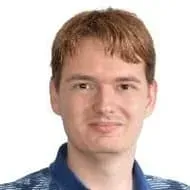
GEERT LITJENS
Assistant Professor at Radboud University Nijmegen Medical Center
RESEARCH FOCUS:
Application of modern machine learning methods to oncological pathology (focus on prostate and pancreatic cancer)
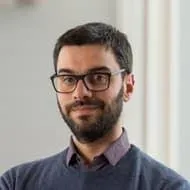
FRANCESCO CIOMPI
Assistant Professor of Computational Pathology at Radboud University Medical Center, Nijmegen.
RESEARCH FOCUS:
AI in precision oncology, computer-aided diagnosis for large-scale digital pathology and multi-modal data

DAAN GEIJS
PhD candidate in the Computational Pathology Group at Radboud University Nijmegen Medical Center
RESEARCH FOCUS:
Implementing deep learning in the daily routine of dermatopathologists
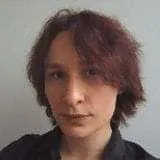
LESLIE TESSIER
PhD candidate in the in the Computational Pathology Group at Radboud University Nijmegen Medical Center & Resident Physician (Pathology), CHU Angers, France
RESEARCH FOCUS:
Automated assessment of tubule formation in breast cancer

LEANDER VAN EEKELEN
PhD candidate in the Computational Pathology Group at Radboud University Nijmegen Medical Center.
RESEARCH FOCUS:
Improving lung cancer immunotherapy with deep learning

MEYKE
HERMSEN
Study manager and PhD candidate in the Computational Pathology Group at Radboud University Nijmegen Medical Center.
RESEARCH FOCUS:
Deep learning applications for renal transplant pathology

KHRYSTYNA FARYNA
PhD candidate in the Computational Pathology Group at Radboud University Nijmegen Medical Center.
RESEARCH FOCUS:
Bridging the clinical integration gap for deep learning-based methods in computational pathology by improving model generalization

EDUARD CHELEBIAN
PhD candidate in the Department of Information Technology at Uppsala University, Sweden.
RESEARCH FOCUS:
How deep learning networks learn - intermediate representations of convolutional neural networks in histopathological imaging
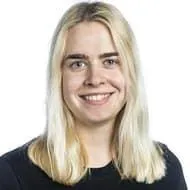
MILDA POCEVICIUTE
PHD Candidate in the Computer Graphics and Image processing Group at Linköping University, Sweden.
RESEARCH FOCUS:
Explainable artificial intelligence (XAI), anomaly detection and uncertainty techniques for digital pathology
Made Possible By:







